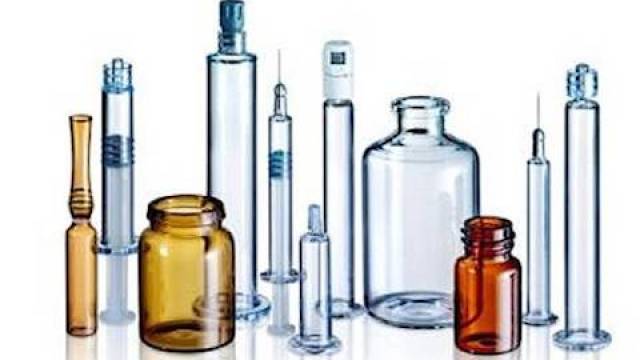Healthcare reform advances have boosted market demand from the China pharmaceuticals industry, and driven growth in the demand from the pharmaceutical packaging industry, according to the latest report from Report Buyer.
In 2014, the Chinese pharmaceutical packaging market reached RMB72 billion, up 10.6% from a year earlier. As a traditional form of pharmaceutical packaging, glass bottles took up a large proportion of the Chinese pharmaceutical packaging market in the initial development stage of the packaging market. However, affected by negative factors such as the substitution of new packaging materials (plastics and aluminium foil) and the continuous decline in purchase prices of packaging materials quoted by pharmaceutical companies due to reform in medical system, the pharmaceutical glass packaging industry in China has developed sluggishly, with its market share standing at estimated 45% or so for the time being.
Due to low barrier to entry, China’s pharmaceutical glass industry has been large but not strong as a whole, with low and medium-end products struggling with huge overcapacity and high-end products relying on imports. At present, developed countries around the world all use level I waterproof neutral borosilicate glass, while China still mostly adopts low borosilicate glass, soda-lime glass and almost domestically unique “semi-neutral borosilicate pharmaceutical glass” (its chemical stability cannot meet neutral requirements; the heavy metal content in glass is not defined clearly; dimensions are not accurate).
The production of neutral borosilicate glass faces dual barriers of raw materials and tube-making technology, which have been still controlled by foreign companies so far, resulting in persistently high production costs and limited applications. In 2012, German Schott AG, together with Zhejiang Xinkang Pharmaceutical Glass Co., Ltd., announced the establishment of a pharmaceutical packaging joint venture, an important sign marking localization of pharmaceutical glass. At the moment, it still has to buy glass tube produced by Schott abroad.
However, the defect of low borosilicate glass easily flaking causes safety risks to health of users, so it is imperative to promote neutral borosilicate glass. Market demand for neutral borosilicate glass pharmaceutical containers has grown by more than 20% over the past two years. More and more pharmaceutical players have started to use neutral borosilicate glass, especially for high value-added products. For example, Buchang Pharma uses neutral borosilicate glass packaging materials for all its Danhong Injections, and some innovative R&D-oriented pharmaceutical companies like Jiangsu Hengrui Medicine Co., Ltd. have also adopted neutral borosilicate glass.
Despite years of development and competition, the Chinese pharmaceutical glass business market still finds a relatively low level of concentration, but competitively leading companies have emerged in some market segments, especially in the prefilled syringe market.
There are only five companies that have obtained assemblages for prefilled syringes in China, i.e., foreign-funded BD and Gerresheimer and domestic Shandong Weigao Group Medical Polymer, Shandong Zibo Minkang Pharmaceutical Packing Co., Ltd. and Shandong Pharmaceutical Glass Co., Ltd.
The full report is available from https://www.reportbuyer.com.






